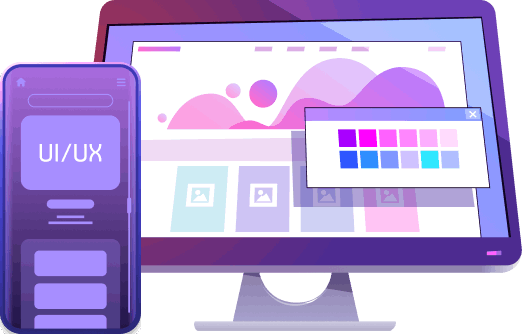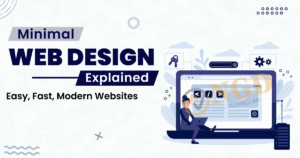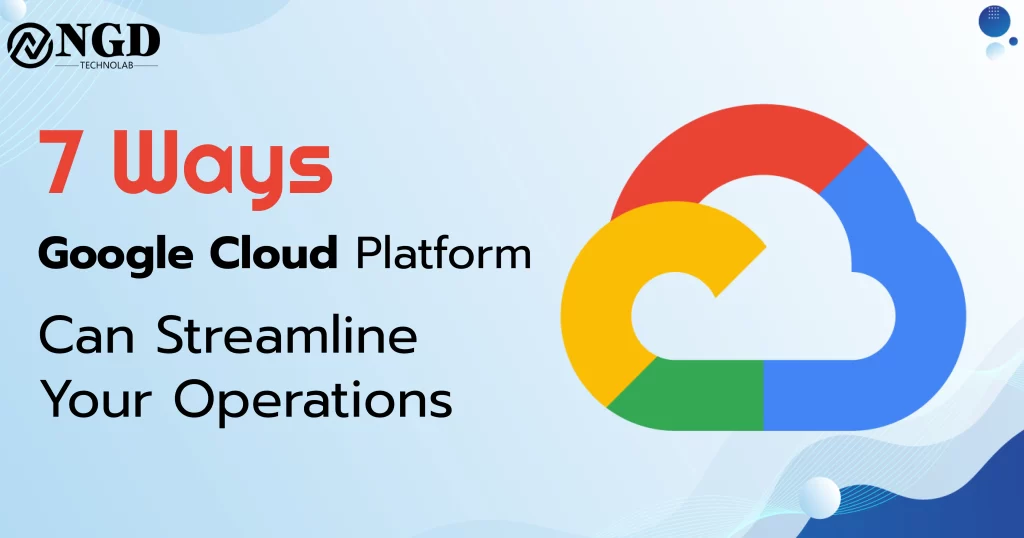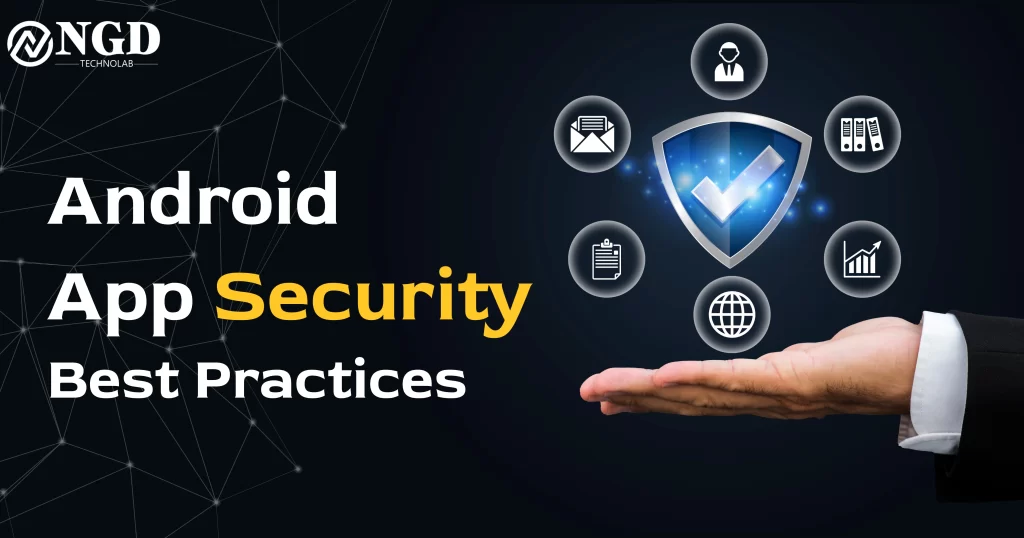How to Build an eCommerce Mobile App Using Flutter in 2025
-
Harshid Patel

The e-commerce sector is literally booming in 2025. People are purchasing everything from groceries to luxury items all via the internet. It is not just a choice anymore for businesses; they are simply the lifeline of successful digital enterprises. Customers want applications to be quick, safe, and user-friendly. In case your app is slow and old-fashioned, users will be at your rival’s doorstep in less than a minute.
Google’s open-source framework, Flutter, is the answer to this problem. One single codebase for Android and iOS makes Flutter a great tool to save businesses time, reduce their expenses, and provide customers with a smooth shopping process. Flutter is one of the most clever methods for a startup and a company's 2025 eCommerce mobile app m-business to get the right way to work.
1. Android Studio: Unveiling the Power of Android App Development
1. Why eCommerce Apps Matter in 2025
Shoppers in 2025 spend over 4–5 hours a day on mobile apps. An eCommerce app allows businesses to connect directly with users, provide personalized deals, and simplify shopping journeys. Unlike websites, apps are faster, more interactive, and always accessible with a single tap. This direct presence on the customer’s phone builds stronger engagement and boosts sales.
2. Why Choose Flutter for eCommerce Apps
Flutter gives startups a clear advantage. Instead of writing separate code for Android and iOS, businesses can launch apps for both platforms using the same codebase. This reduces development costs by up to 40% and shortens time-to-market. With Flutter’s hot reload, developers can instantly see changes while building, which speeds up testing and updates. Plus, its wide library of widgets ensures smooth, visually appealing designs.
3. Planning Your App
3.1 Defining Goals
Before coding, define what your app should achieve. Are you targeting young fashion shoppers, families buying groceries, or B2B businesses? Clear goals help prioritize features. For example, a grocery delivery app must focus on live order tracking, while a clothing app may need filters and image search.
3.2 Doing Market Research
In 2025, eCommerce is competitive. Study your rivals to see what they do right and where they fail. Check customer reviews to understand pain points. Track trends such as AR product try-ons, one-click checkout, and AI-driven recommendations. Research ensures your app isn’t just functional but also stands out.
3.3 Must-Have Features
Essential features for eCommerce apps include:
- Login & Profiles: Easy sign-up with email, phone, or social accounts.
- Product Catalog: Well-organized categories with filters.
- Cart & Checkout: Seamless multi-payment options like UPI, cards, and wallets.
- Order Tracking: Live shipping updates.
- Push Notifications: Alerts for offers and order status.
Adding extras like voice shopping or AI chatbots can make your app future-ready.
4. Designing the App
4.1 UI/UX Best Practices
Design can make or break your app. Keep navigation simple and use clean layouts so users don’t get lost. Use high-quality product images and videos for realistic previews. Speed also matters—if your app takes more than 3 seconds to load, users may quit.
4.2 Mobile-First Approach
Since most customers shop through phones, design should always be mobile-first. Responsive layouts, easy buttons, and thumb-friendly navigation ensure smooth use across screen sizes. A mobile-first strategy builds loyalty and reduces cart abandonment.
5. Developing with Flutter
Install Flutter SDK and choose a backend like Firebase or Node.js for managing user accounts, payments, and data storage. Set up APIs for shipping, analytics, and chat support.
Begin with basics like login, catalog, cart, and secure checkout. Gradually add advanced features such as AR shopping, loyalty points, or personalized recommendations. Flutter’s flexibility allows you to upgrade easily as your business grows
6. Security and Testing
Security is non-negotiable in e-commerce. Add two-factor authentication, biometric login, and encrypted payments to protect sensitive information. Compliance with PCI DSS standards builds customer trust.
Test the app across devices and platforms to ensure speed, usability, and compatibility. Conduct beta testing with small user groups to gather real feedback. Fixing bugs before launch saves time and avoids bad reviews.
7.Launching and Marketing the App
Once ready, launch your app on the Google Play Store and Apple App Store. Promote it with social media campaigns, influencer partnerships, and referral discounts. Encourage users to leave reviews—positive ratings improve trust and visibility in app stores.
8.Maintaining and Scaling
An eCommerce app is never “finished.” Regular updates keep your app fast and secure. Add new features like reward programs, subscription plans, or advanced search as your customer base grows. A well-maintained app keeps users engaged and loyal.
9. Advantages of Flutter for eCommerce Apps
- One codebase for Android and iOS
- Faster development with hot reload
- Smooth performance close to native apps
- Highly customizable UI for modern designs
- Backed by a strong developer community
Conclusion
Building an eCommerce mobile app with Flutter in 2025 is still a wise business decision. Starting from a saved cost to speed and a rich user experience, Flutter allows startups the same tools required to survive in a mobile-first world.
Frequently Asked Questions
It is so because Flutter supports both Android and iOS with the same codebase, which results in a big saving of time and money and a service with no disruption.
Generally, a simple app goes for 3–4 months, and the one with features such as AR or AI can prolong up to 9 months.
Definitely, Flutter is compatible with several payment gateways and also supports the usage of secure code for payment.
Of course! The brand's speed, cheapness, and versatility make it a perfect match for new businesses.
Definitely, Flutter applications provide almost the same degree of performance as native apps and good UI and easy interaction.
Get Free consultation and let us know about your custom web and Mobile App project idea

Over 13+ years of work experience, we have built 210+ web and mobile apps
We can help you with
- Dedicated Developer
- delivering high-quality development
- Custom Mobile App Development
- Innovative Solution For Startups and Enterprise
Latest Blogs
Explore the Latest Blogs on Trends and Technology.





